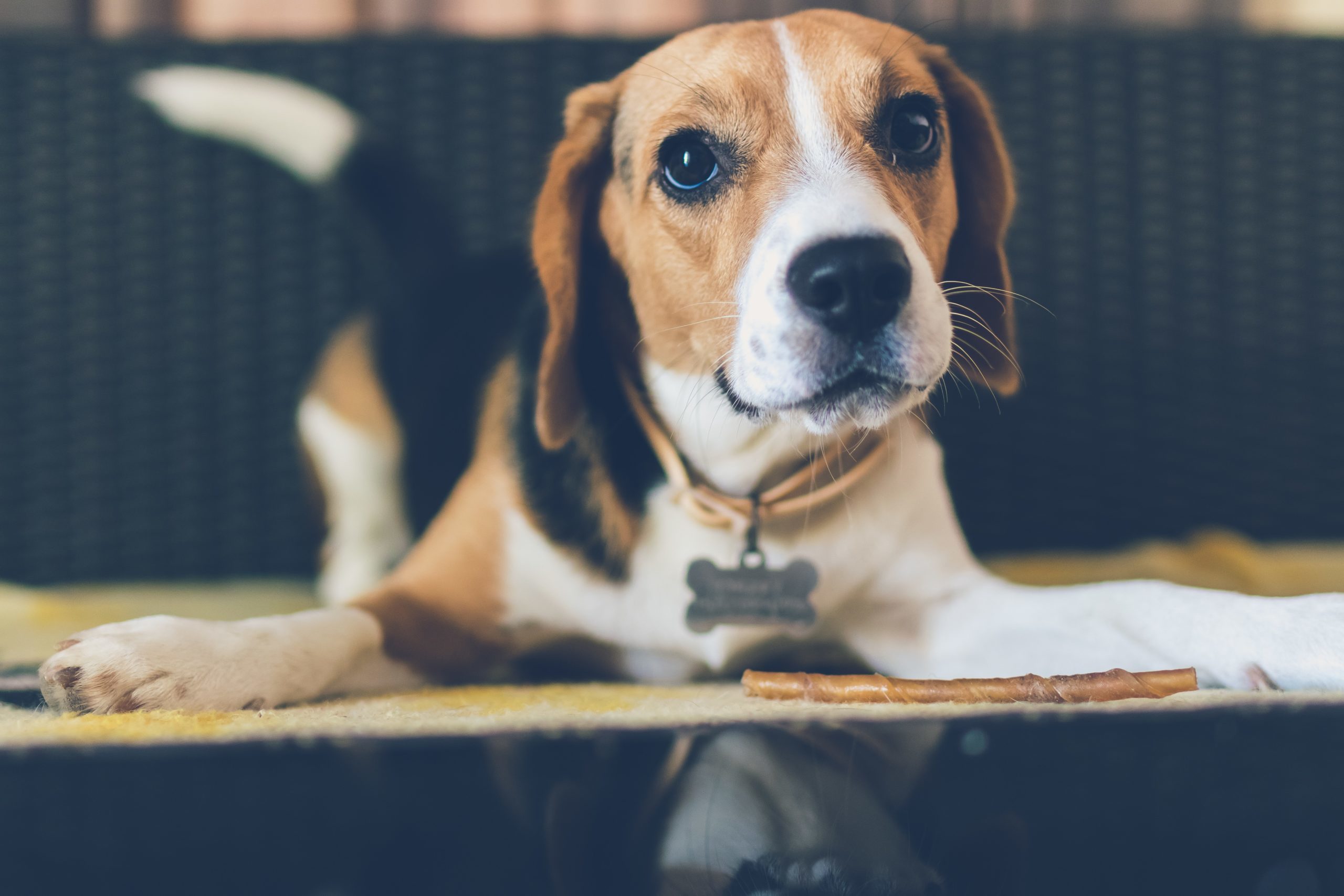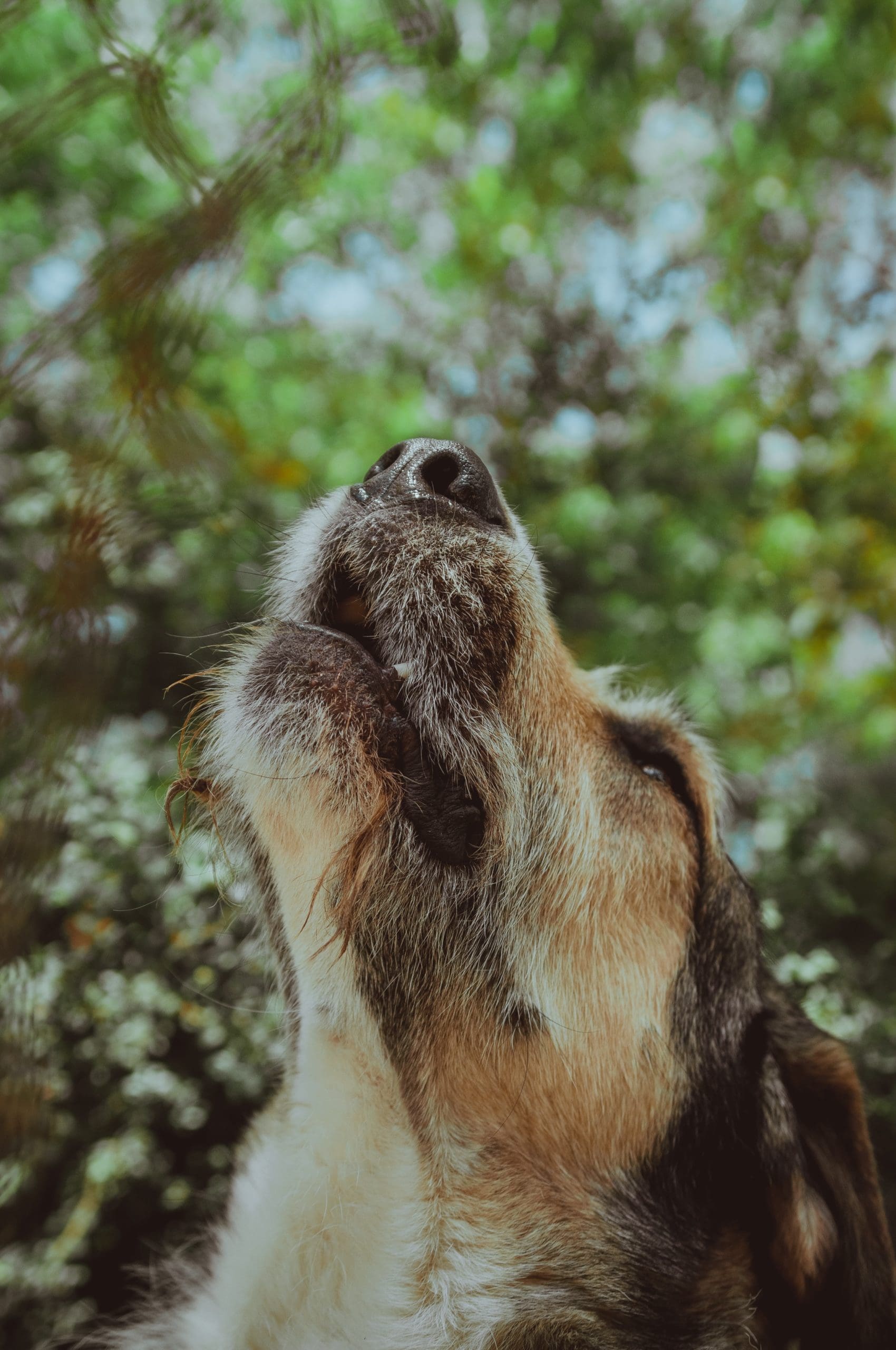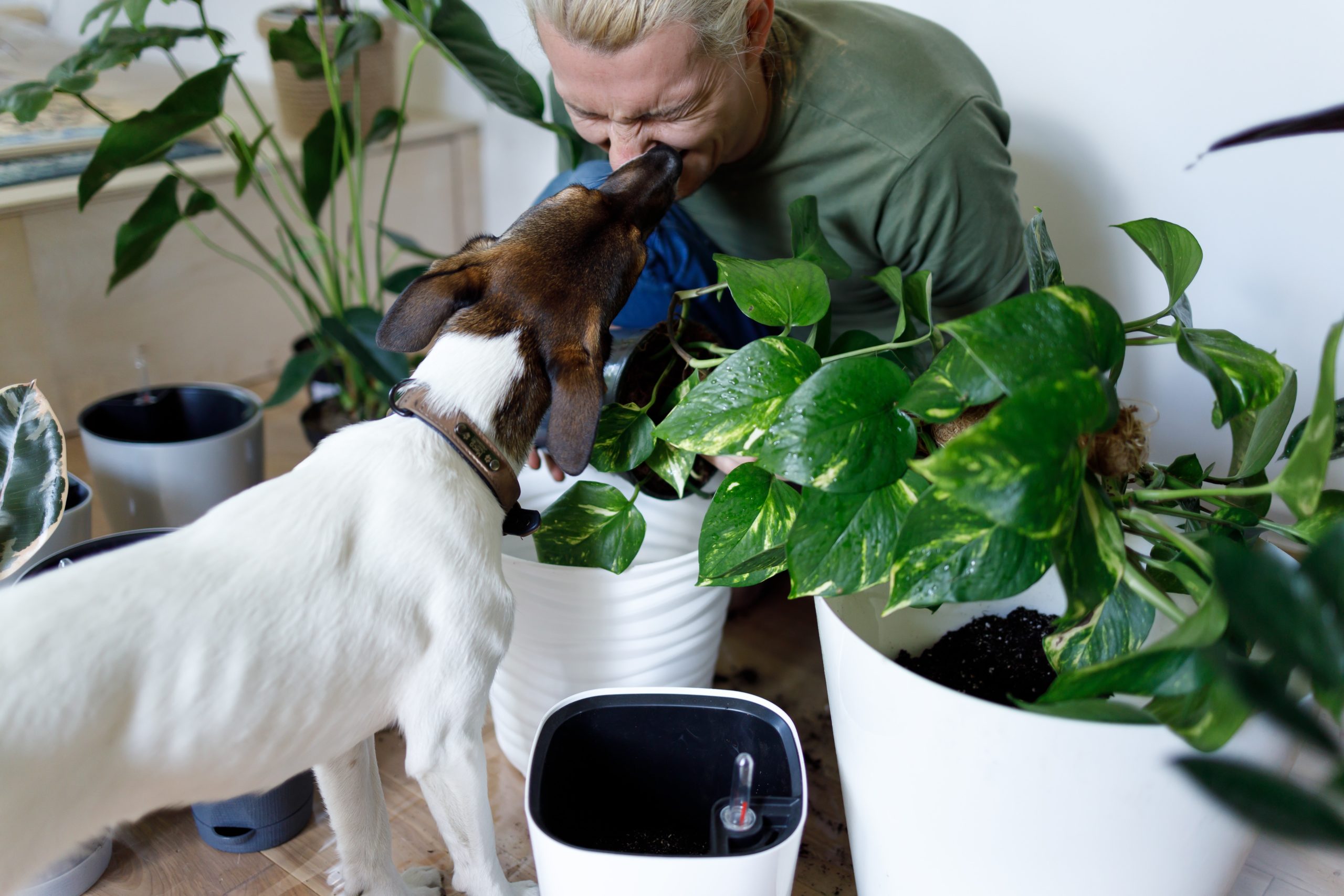With their expressive faces, sympathetic whines, and knowing looks, pet parents and their pups communicate in a language all their own. You may know your dog’s unique quirks and habits inside and out, but what is the real meaning behind the behaviors that our furry friends tend to have in common?
Here are some classic dog mannerisms decoded.
Why do dogs wag their tails? Though we typically associate wagging with joy, dogs’ tails are actually a pretty nuanced barometer of their mood. A low, tucked tail is usually a sign of fear, while a high, whipping tail is an indicator of alertness.
In the broadest sense, wagging means that something has captured your dog’s attention, whether it’s a familiar car in the driveway, a squirrel, or even something that your pup finds threatening. When greeting an unfamiliar dog, it’s important to keep in mind that wags alone are not necessarily an invitation for pets.
Context is key to interpreting wags – when the tail starts swishing, make note of your dog’s body language holistically. While different breeds tend to carry their tails differently, the position of your pup’s ears, their posture, and their muscle tension are useful clues for decoding a wagging tail.

Because dogs don’t sweat, panting helps them regulate their body temperature. But what about excessive or heavy panting, or panting when it isn’t warm outside?
Rapid breathing can be a sign that your dog is stimulated, either due to excitement (think enthusiasm for a treat or toy) or because of anxiety. Stress panting will likely be accompanied by other signs, like whining and yawning, and should subside once your dog is out of the upsetting situation.
On hot days, watch out for heavy panting as it could be a sign of heatstroke. If your dog’s breathing becomes rapid or labored, contact your vet right away.
Most pet parents have been there – your dog has just had a bath, but rather than enjoying their fresh, clean coat; they take the first opportunity to roll in dirt and grass.
Dogs may roll to scratch hard-to-reach itches, but it’s more likely that this behavior is tied into their incredible senses of smell. Writhing around on the earth is a great way for pups to mark their territory by leaving their scent behind for others to find.
Rolling is also a preferred method of scent masking. It’s easy to forget that our pups were once hunters – modern dogs retain the instinct to disguise their natural smell, making it easier to sneak up on hypothetical prey. Unfortunately, this motivates some dogs to throw their bodies down on the most foul-smelling thing they can find, including garbage, dead animals, and even poop!
While this drive is natural, you can mitigate rolling behavior by keeping your yard free of waste and avoiding washing your pup in scented shampoos. Your dogs may be especially motivated to disguise any synthetic smells, making bathtime counterproductive.

Without taking tone or context into account, there are many reasons that dogs bark, including:
To human ears, Lassie recruiting help to get Timmy out of the well and your dog reminding you that they are overdue for a walk may sound basically the same. To understand what your pup is trying to communicate, take a close look at their body language and the surrounding circumstances.
Some dogs are naturally more vocal than others, depending on breed as well as individual personality. Dogs who are bred to hunt, like beagles and terriers, have an instinct to raise alerts through barks. Regular exercise and play can help dissipate casual barking.
If your canine companion gets bored or anxious when home alone, they may resort to howling or barking. Leaving behind interactive toys and puzzles can help keep restless pups calm, entertained, and quiet while you are out.
Work with your dog to address the root cause of unwanted or excessive vocalizations instead of scolding. Being punished for barking will be confusing for your pup and can harm the bond you share.
Is your dog obsessed with licking your face? When our furry friends are puppies, they learn to lick mom’s face as a way of asking her to regurgitate food for them to eat. Adult dogs retain face-licking as a way to greet other pups, and will often duplicate the behavior with the humans in their pack.
Dogs who can’t access your face may lick any area of your skin that is within their reach. While there are no real health risks involved, pet parents who don’t enjoy receiving affection in this way can discourage it most effectively by ignoring it.
It’s also important to keep in mind that our pups have highly sensitive noses, and can detect traces of food in places we can’t. A dog who is licking the floor or furniture could be in pursuit of a food spill that we didn’t clean up as well as we thought.
While it’s unusual, relentless licking can be a manifestation of obsessive-compulsive disorder in dogs. If you suspect that non-stop, unexplained licking is a symptom of an imbalance, don’t lose time in addressing it with your veterinarian. Unchecked psychiatric problems can lead to more stubborn behavioral issues over time.
